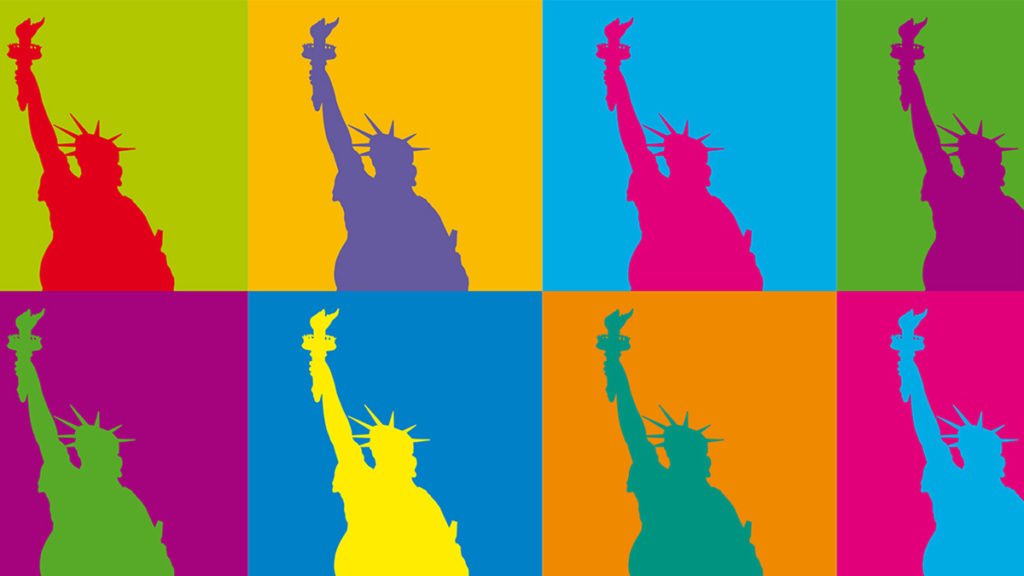AppliMarkets: Your Go-To Resource for App Insights
Explore the latest trends, reviews, and tips in mobile applications.
From Zero to Viral: The Anatomy of Pop Culture Phenomena
Uncover the secrets behind pop culture sensations! Dive into viral trends and discover what makes them explode in popularity.
The Science Behind Going Viral: Key Ingredients of Pop Culture Phenomena
The phenomenon of going viral often seems like a mystifying blend of chance and strategy, yet it is rooted in solid science. Researchers have identified key ingredients that contribute to the virality of content. First, emotional resonance plays a crucial role; content that evokes strong feelings, whether joy, sadness, or surprise, is more likely to be shared. A study published by ScienceDirect highlights how emotional arousal can lead to increased sharing. Additionally, social currency, or the desire to share content that makes others perceive you positively, enhances the likelihood of virality. According to Harvard Business Review, people share things that reflect well on them, ensuring that the content not only entertains but also builds their image.
Another essential ingredient in the mix is the concept of timeliness. Viral content often capitalizes on trending topics or current events, allowing it to ride the waves of popular discourse. As outlined in Forbes, aligning content creation with events that are already capturing public attention can significantly increase its chance of going viral. Furthermore, the format plays an indispensable role; videos, memes, and visually striking images are often more shareable than plain text due to their ability to quickly convey messages. Together, these elements create a powerful recipe for virality, unlocking the potential for content to explode across social media platforms.

How Trends Start: Understanding the Lifecycle of a Viral Sensation
The lifecycle of a viral sensation begins with the grassroots phenomenon of trends. Initially, these trends often sprout from niche communities or influencer platforms where innovative ideas, challenges, or creative expressions capture attention. The early adopters play a crucial role in amplifying these trends, utilizing social media platforms like Instagram and TikTok to showcase their experiences and engage with their audiences. As these platforms facilitate quick sharing and connectivity, a simple concept can rapidly transform into a widespread cultural sensation.
As trends gain momentum, they typically progress through several stages marked by increasing visibility and engagement. Initially, trends may experience a phase of exclusivity, where they are popular among a small group. However, as more mainstream audiences discover and participate, trends can achieve peak popularity, characterized by viral challenges and widespread media coverage. This phase often leads to a saturation point, where the novelty begins to wear off, and trends either fade or evolve into sustainable cultural phenomena. For a deeper insight into how trends influence culture, check out this Harvard Business Review article.
What Makes Content Catch Fire? Exploring the Psychology of Viral Trends
Understanding what makes content catch fire involves delving into the intricate psychology of audiences. People are naturally drawn to relatable stories and emotional triggers. Content that evokes feelings—be it joy, anger, or nostalgia—has a higher likelihood of being shared. According to NerdWallet, crafting messages that resonate on a personal level can significantly enhance the sharing potential. Moreover, the use of humor or unexpected twists often piques curiosity, making the content more enticing to click and share.
In addition, the role of social validation cannot be understated. When users see others engaging with content, they are more inclined to do the same. This phenomenon is explained in detail by HuffPost, which highlights how elements like social proof and trending topics affect virality. Integrating current events or popular culture references into your content can also align your message with what is already being discussed, thereby increasing its chances of going viral. Ultimately, creating shareable content is about understanding and leveraging the psychological factors that drive human behavior in the digital age.